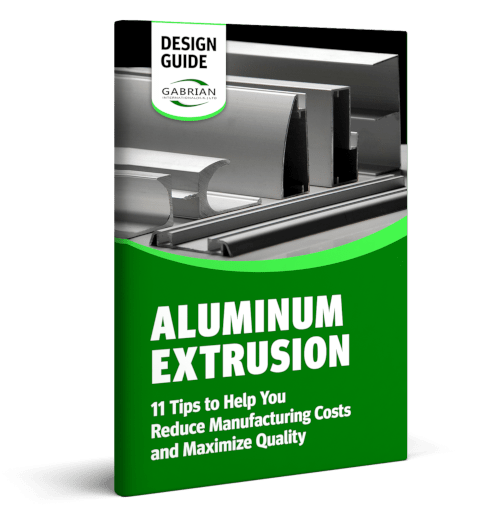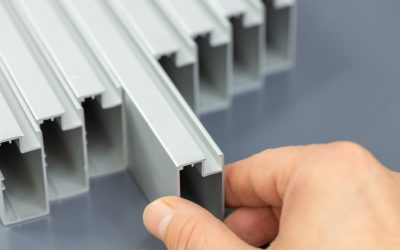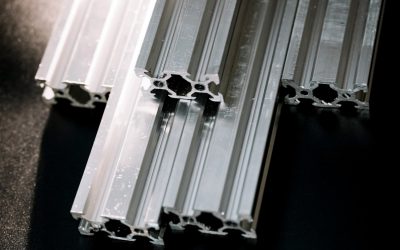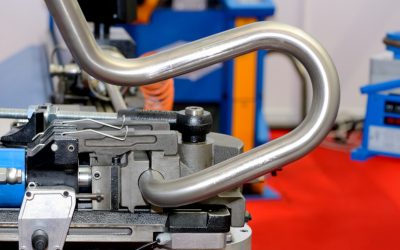When evaluating aluminum for a product application, designers are typically most interested in properties like it’s high strength-to-weight ratio, its corrosion resistance, or even its value as a heat sink. This means aluminum’s melting point can easily be overlooked. While this might not matter depending on how a product is used, it poses a problem if the material could be exposed to very high temperatures.
In its pure form, elemental aluminum has a melting point of 1220.58°F (660.32°C). However, nearly all applications for aluminum are as an alloy rather than a pure element. And depending on the composition of the alloy in question, this has the potential to reduce the melting temperature significantly relative to pure aluminum.
This article explores the melting point of aluminum alloys and discusses how heating aluminum can impact its uses.
Table of Contents
What is the Melting Point Range of Aluminum Alloys?
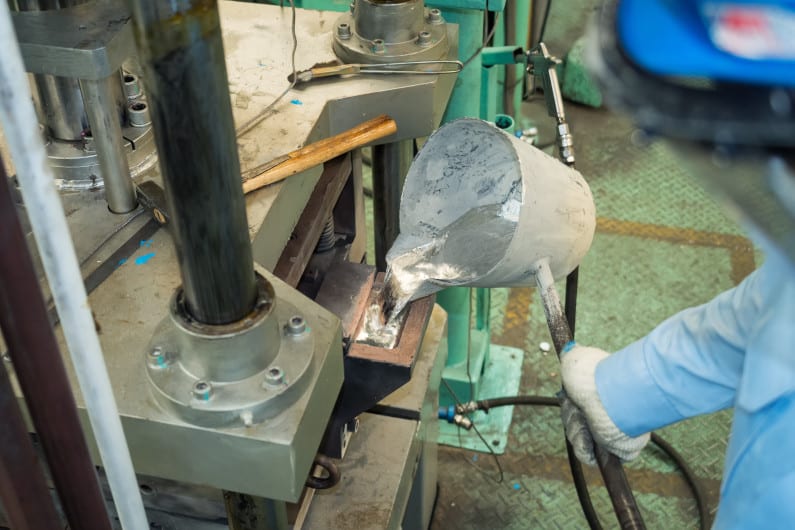
As we’ve mentioned, adding alloying elements to pure aluminum reduces its melting temperature. This effect is known as “melting point depression.” And unlike pure aluminum, which has a very precise melting point, the vast majority of alloys have a melting range.
Within its melting point range, an alloy can be both partially liquid and partially solid. If the temperature is increased above the melting range, the alloy becomes fully molten, and below the range, it is fully solid.
Here are the melting ranges for a few of the most popular die cast alloys and extruded aluminum alloys:
Wrought Alloys1
| Alloy | Melting Range (°F) | Melting Range (°C) | Applications |
|---|---|---|---|
| 2024 | 935 – 1180 | 500 – 635 | High strength structural applications, aircraft fuselage and wings, gears and shafts, cylinders and pistons |
| 3003 | 1190 – 1210 | 640 – 655 | Fuel tanks and piping, chemical equipment, heat exchangers, truck and trailer parts, cabinets |
| 5052 | 1125 – 1200 | 605 – 650 | Pressure vessels, marine equipment, fencing, hydraulic tubes, appliances |
| 6061 | 1080 – 1205 | 580 – 650 | Building products, automotive parts, piping, furniture, bicycle frames, railroad cars |
| 7075 | 890 – 1175 | 475 – 635 | Aircraft wings and fuselages, missile parts, gears and shafts, worm gears |
1 – Obtained from ASM International
Cast Alloys2
| Alloy | Melting Range (°F) | Melting Range (°C) | Applications |
|---|---|---|---|
| A360 | 1030 – 1100 | 557 – 596 | Instrument cases, irrigation system parts, outboard motor parts, hinges |
| A380 | 1000 – 1100 | 538 – 593 | Workbench vises and other hand tools, gear cases, lawnmower housings |
| A413 | 1070 – 1080 | 574 – 582 | Outboard motor pistons, dental equipment, street lamp housings |
| B390 | 950 – 1200 | 510 – 649 | Pistons, blocks, manifolds, and cylinder heads for internal combustion engines, brake cylinders |
2 – Obtained from MatWeb. These melting ranges do not reflect die casting processing temperatures.
As we can see, the alloying elements used and their concentration can have a significant impact on the temperature where an alloy begins melting, and even the temperature that it becomes fully molten. Recycled aluminum can also carry impurities from earlier in its product lifecycle that affect its melting range and other properties in unpredictable ways.
The Performance of Aluminum in High-Temperature Applications
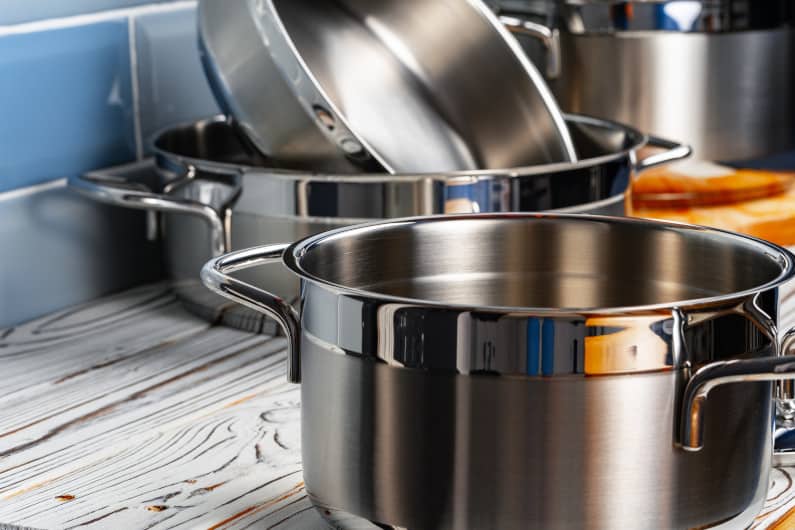
Aluminum is used all around us, from automotive parts, to laptops and mobile phones, to cookware. While many of our day-to-day applications for aluminum products don’t involve extreme heat, aluminum is so widely used that it still gets exposed to some high-temperature applications. These could include components of industrial processing equipment, aerospace assemblies, and automotive parts.
A more relatable example though is household cookware. While less common than stainless steel, aluminum pots, pans, pressure cookers, and baking sheets can heat up quickly and distribute heat evenly. However, modern gas and electric stove tops can reach temperatures at or above aluminum’s melting point!
Does this mean you can only use aluminum cookware on the “low” or “medium” heat settings? Generally speaking…no, you can still safely use aluminum cookware on high heat in the same way as other cookware. This is because its high thermal conductivity and the large surface area of the pot or pan can efficiently conduct heat away from the burner toward the food and the surrounding air.
That said, if aluminum cookware is left on high heat with no food or water inside the metal can eventually melt on some stovetops. In short, as long as it is used correctly, aluminum cookware is an excellent, long-lasting addition to the kitchen.
Another consideration for product designers should be that an aluminum product exposed to high heat can fail long before any portion of the aluminum alloy starts to enter the liquid phase. In fact, aluminum components regularly exposed to temperatures of just 300 to 400°F (150 – 200°C) can experience a noticeable reduction in their strength. This makes the aluminum more susceptible to other failure mechanisms, like excessive applied stress or creep.
Heating and Melting During Aluminum Fabrication
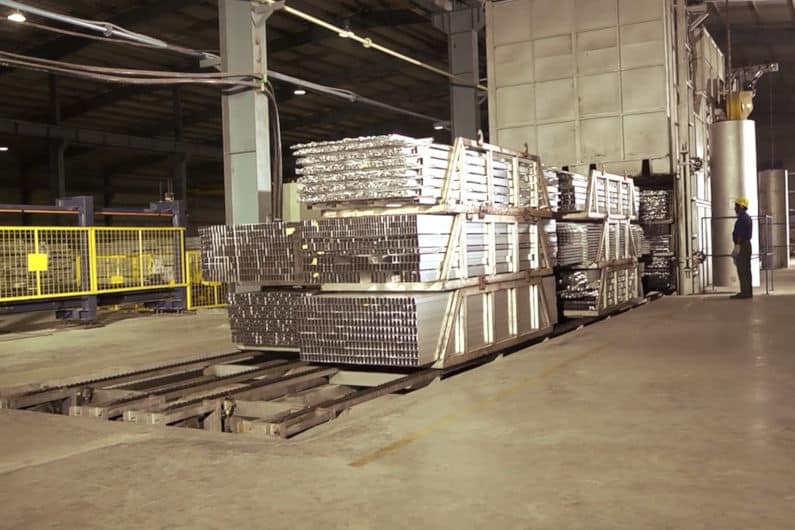
There are many different ways that heating aluminum can affect the material’s properties. Heating and cooling can increase or decrease aluminum’s hardness, toughness, strength, corrosion resistance, and more even after temperatures return to normal.
While standard heat treatments are best completed in a furnace, aluminum fabrication and processing can also heat or even melt portions of the aluminum as a side-effect, changing its properties. This sometimes means positive effects like reducing residual stress by hot rolling compared to cold rolling. But it could also mean an excessively hard, brittle exterior during forging or casting that leads to cracking down the road.
Whether it’s during a product’s service lifetime or as a result of fabrication and processing, extreme changes in temperature can have a significant impact on the way aluminum performs. Educating yourself on the heating and melting behavior of aluminum, as well as getting a better understanding of how aluminum is fabricated can help you to manage the material’s performance and get the most out of your aluminum parts.

